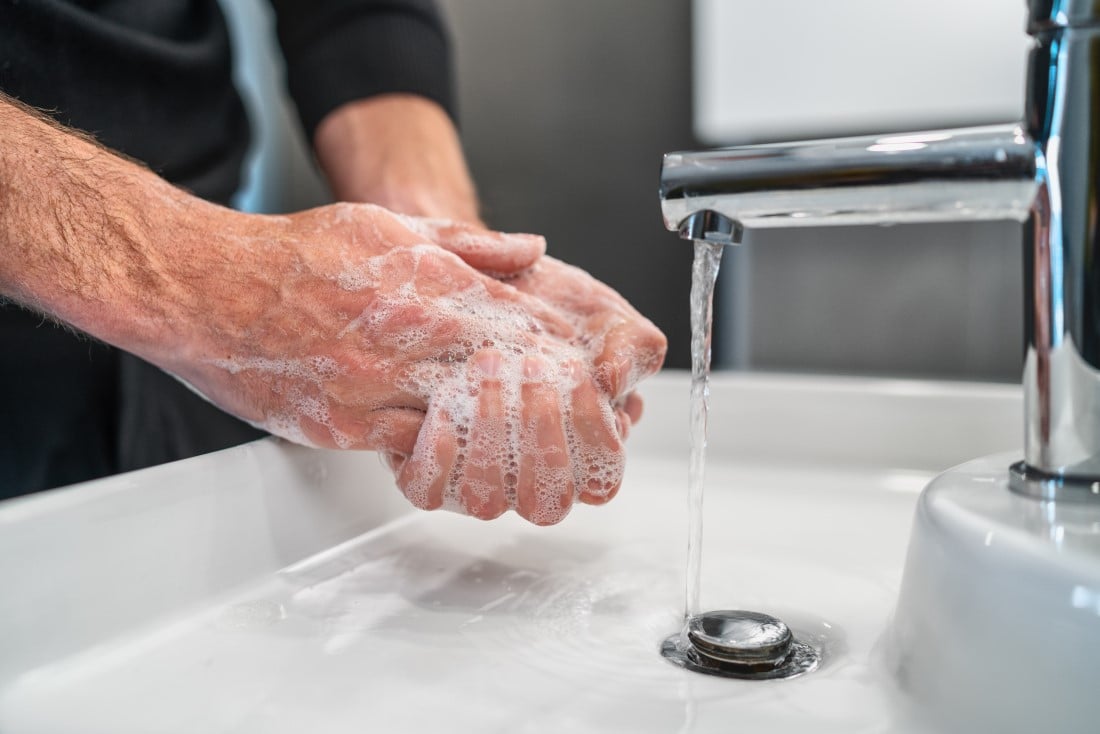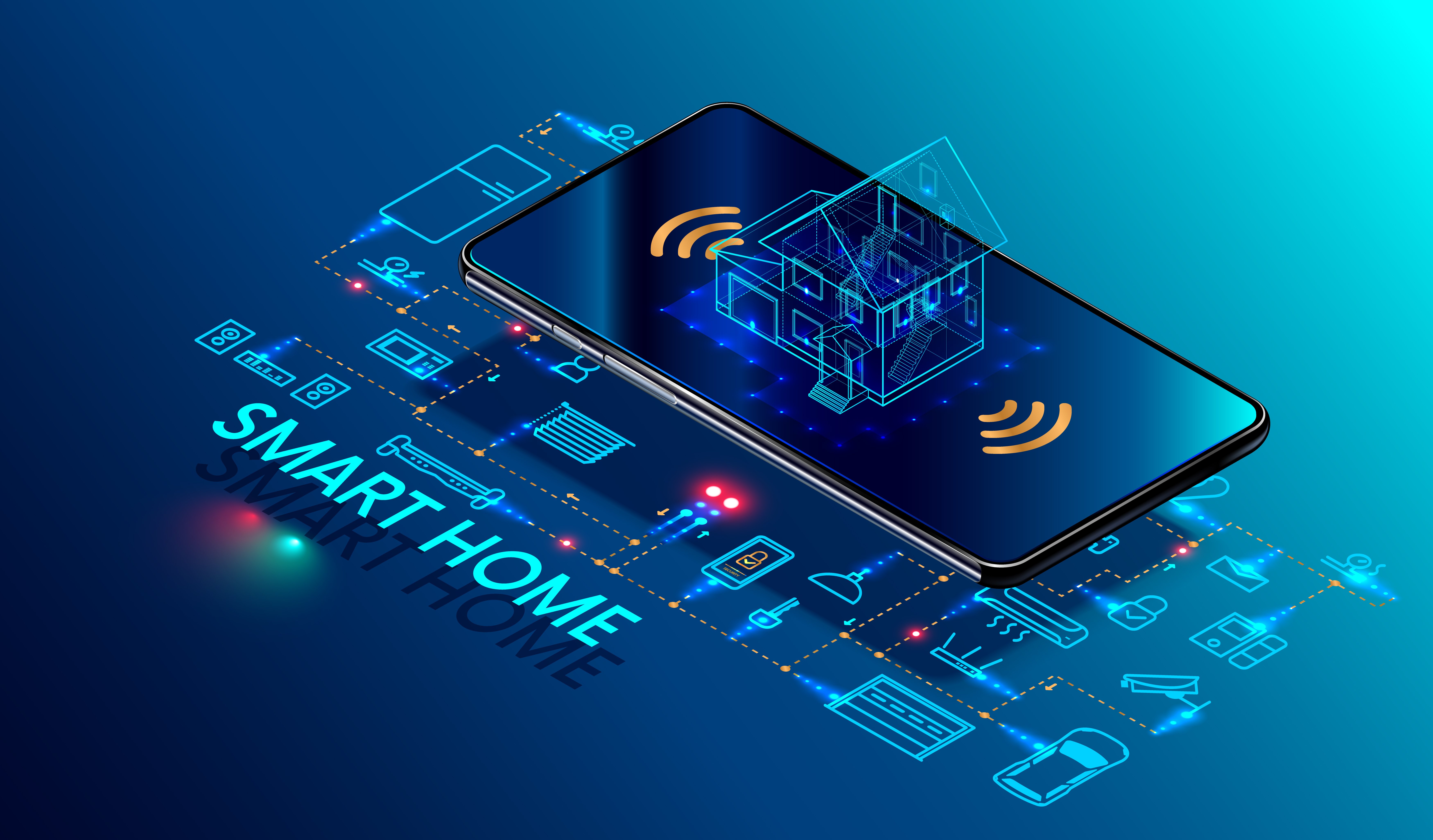Service Smart Homes with Efficiency and Intelligence
The Evolution of the Connected Home While connected homes, aka smart homes, will offer exciting technology, there will be challenges that many...

The COVID-19 virus presents a difficult situation for field technicians and customers when a vital appliance – like a refrigerator — breaks down. A home visit is necessary, but what should be done to protect both the customer and the service professional?
The technicians and the items they bring into customer homes could potentially harbor the virus and place the customer in jeopardy. Meanwhile, how confident can the technician be that no one in the customer’s home carries the virus and has transmitted it to surfaces of their home?
In this blog, we outline preventative measures both technicians and customers should take to reduce the risk of contracting or spreading the virus. By sharing this information with both parties, service firms can put everyone more at ease while doing their part to “flatten the curve” of virus transmission.
Technician Health & Safety
Before leaving for a customer’s home, wash your hands with soap and water for at least 20 seconds, dry them with a paper towel and then dispose of the paper towel. Immediately put on your disposable gloves for the job and use another paper towel to open your door.
As you then prepare to enter a customer’s home, follow these guidelines:
NOTE: In cases where signature is required to confirm work completion, many service firms are putting new practices in place that don’t require touching of pens, clipboards, styluses or devices. Consider giving technicians digital recorders to document the work done and/or have the customer confirm verbally that the work was completed to the satisfaction.
Customer Health & Safety
Providing health and safety guidelines to customers about an upcoming visit reflects favorably on the brand and service firm and protects both the customer and the technician. The following can be a starting point for customer communications.
A Way to Keep Business Moving Forward
The COVID-19 virus is a threat and isolation is important, but certain parts of the economy must continue, including field service. Some repairs may be delayed, but others are critical, especially refrigeration, home heating and cooling and other functions. Providing technicians and customers with clear guidelines can ease anxiety for both parties.
While this new way of interacting may seem awkward for technicians and customers, it’s becoming increasingly clear that vigilance is a responsibility we all share. Providing guidelines shows respect, concern and professionalism, and that will stay with customers long after the virus is under control.
ServicePower is taking all necessary steps to ensure continued reliable service and support to our clients and partners. Please click here to review our statement on Business Continuity and Global Support Availability relative to COVID-19.

The Evolution of the Connected Home While connected homes, aka smart homes, will offer exciting technology, there will be challenges that many...

Exceeding customer expectations begins with meeting the needs of the workforce that serves them. Whether employees or contractors, managing...

Workforce management software has quickly become essential for a field service company to maintain its competitive edge. Why? Because workforce...